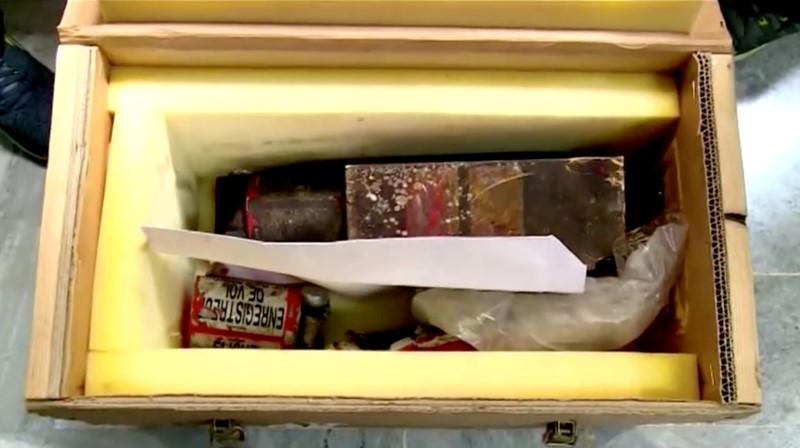An Iranian official said Iran is trying to analyze the black box from a Ukrainian jet that was unintentionally shot down by authorities over Tehran, countering reports the device had been sent to Ukraine.
The official made the comments to state news agency IRNA on Jan. 19, Reuters reported, in a move that represents an apparent backtrack.





